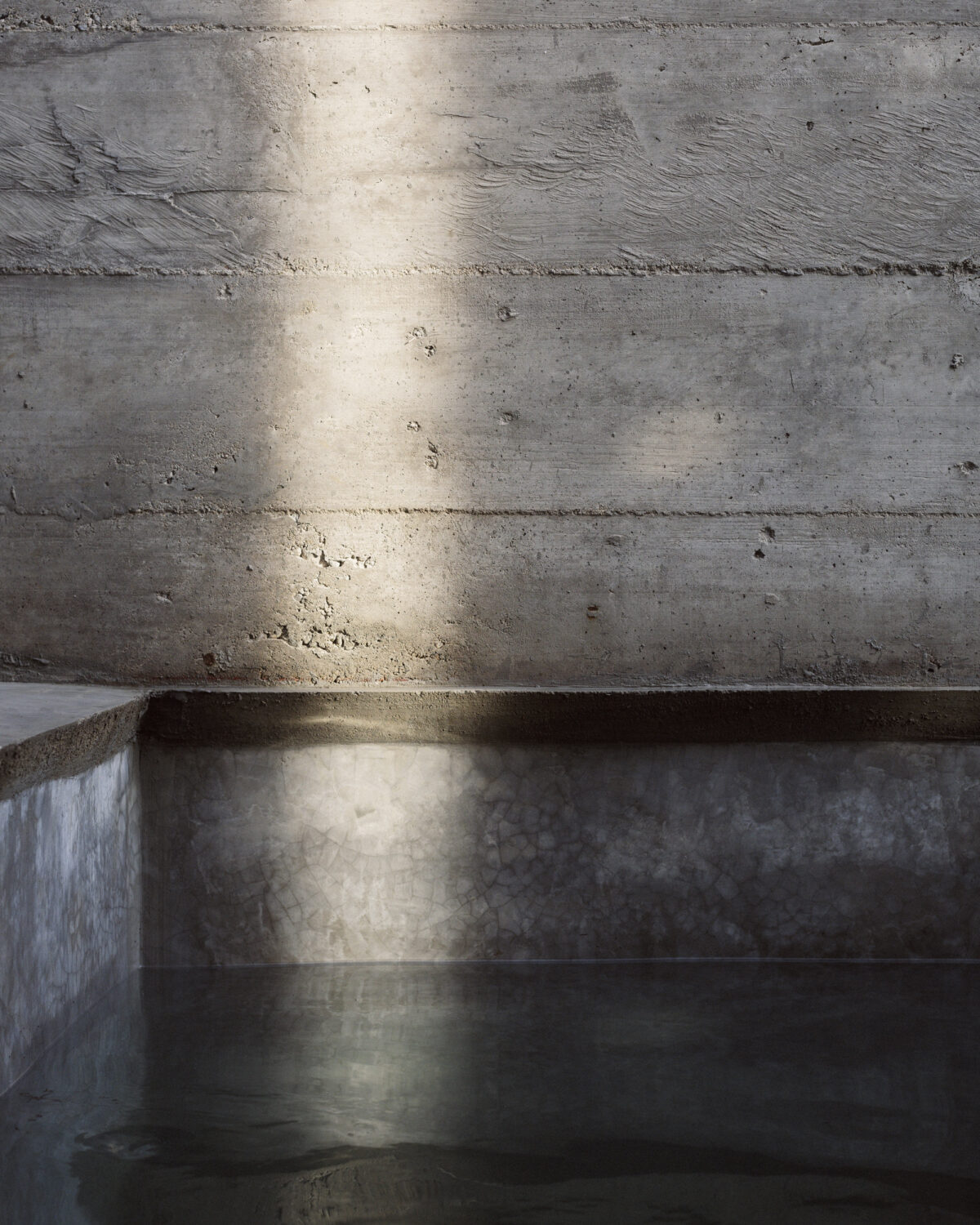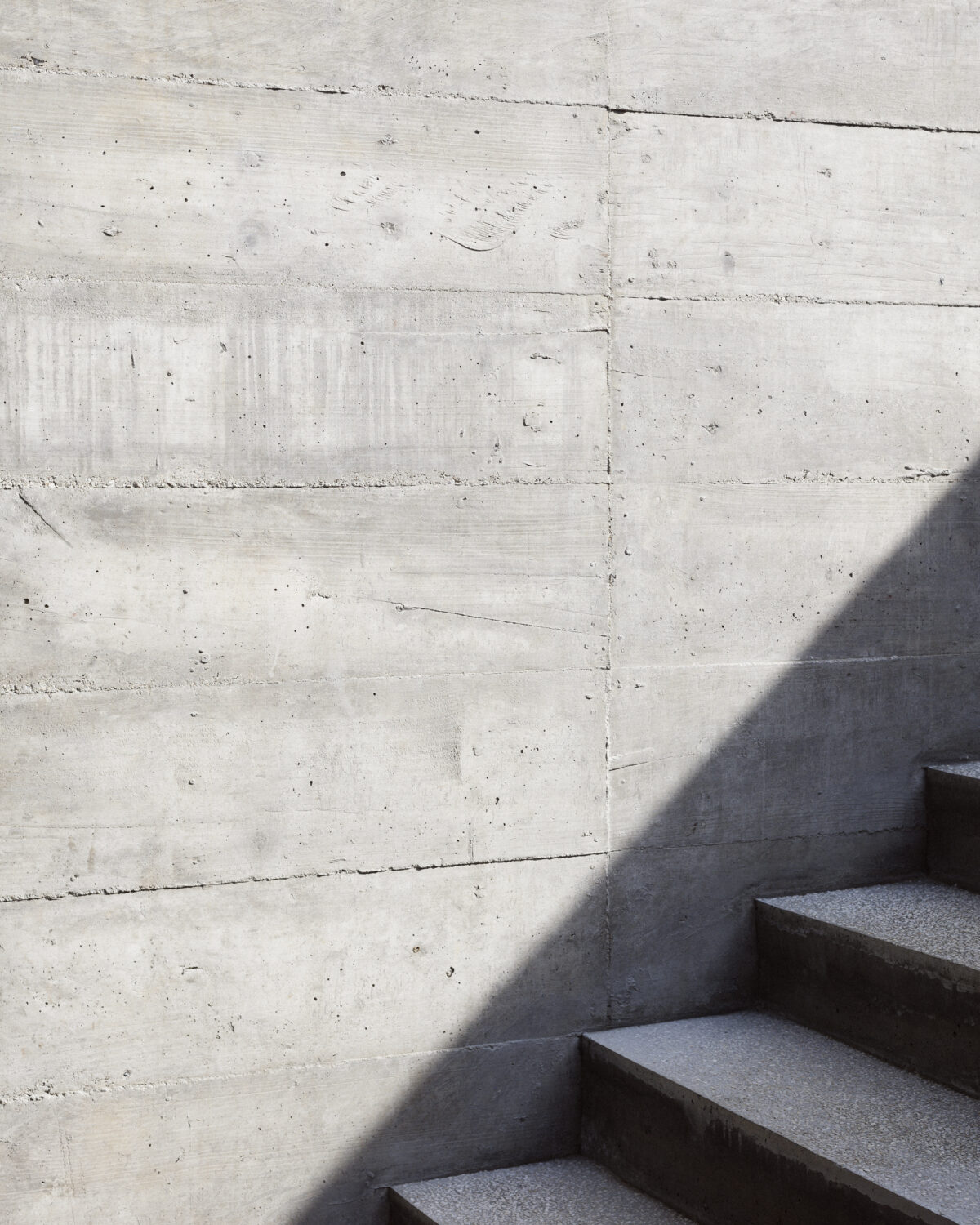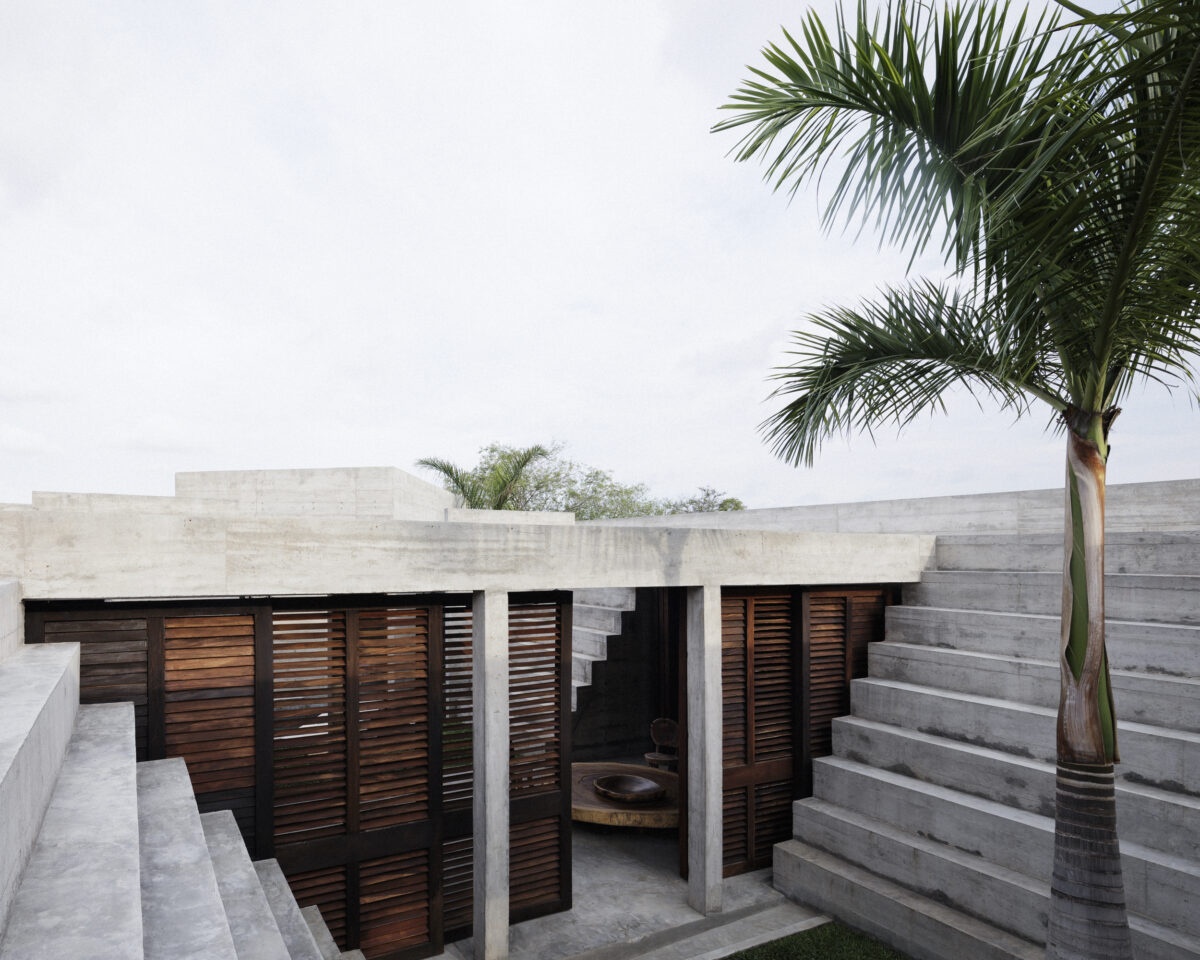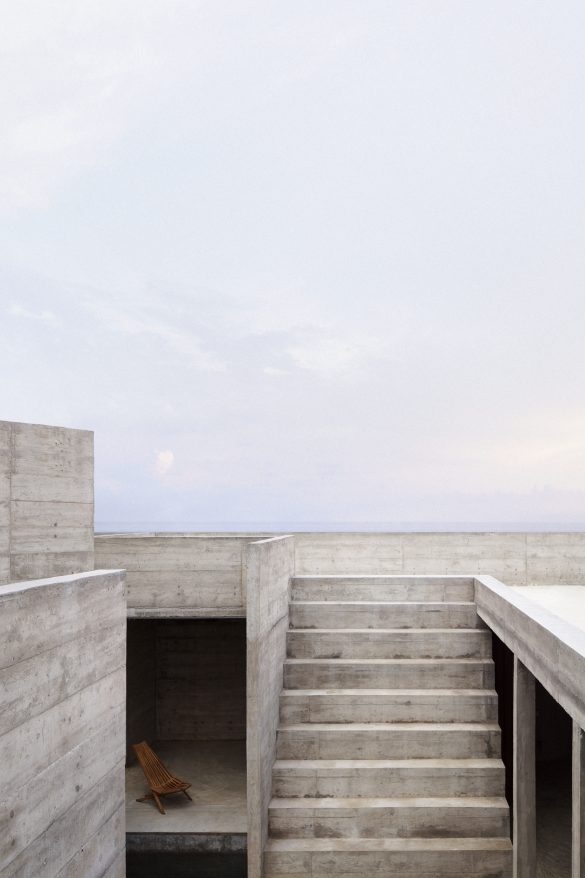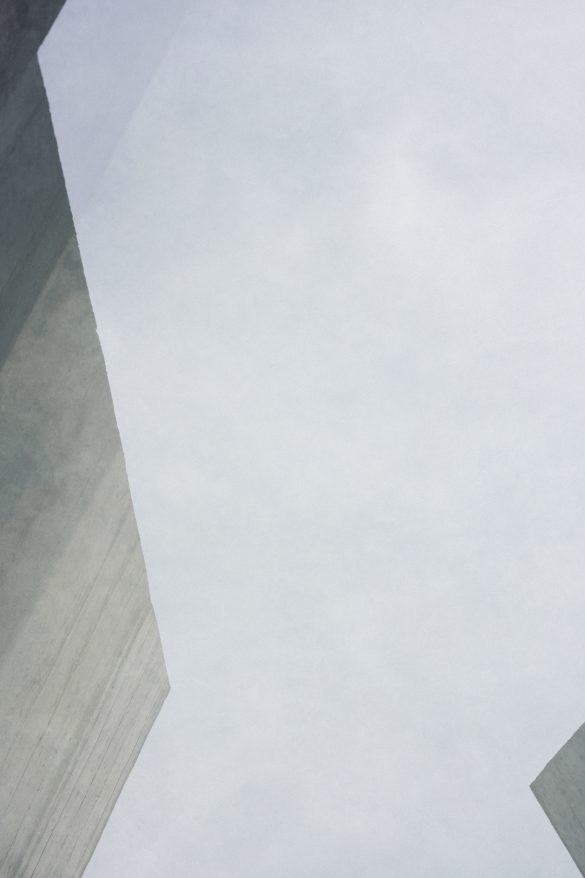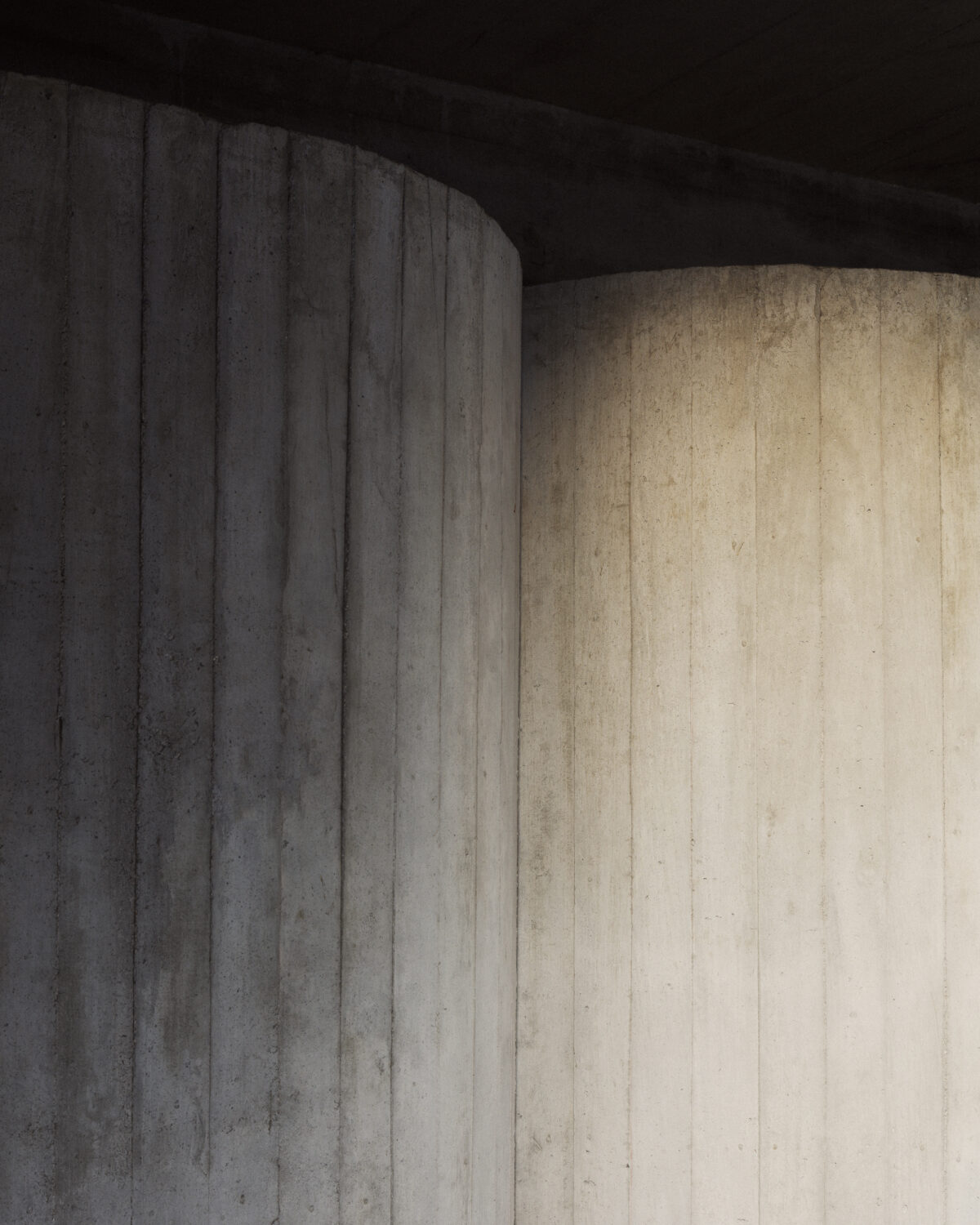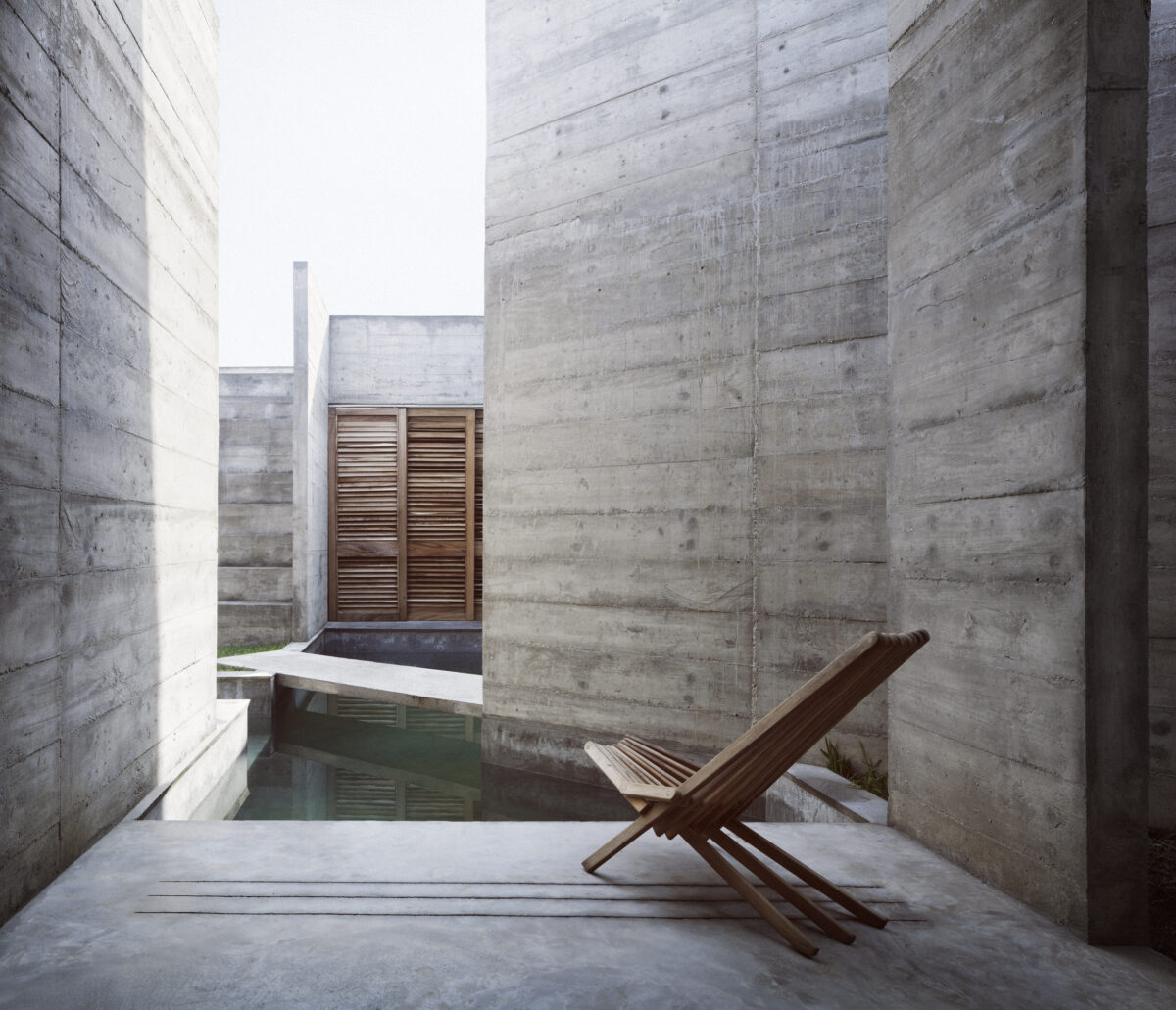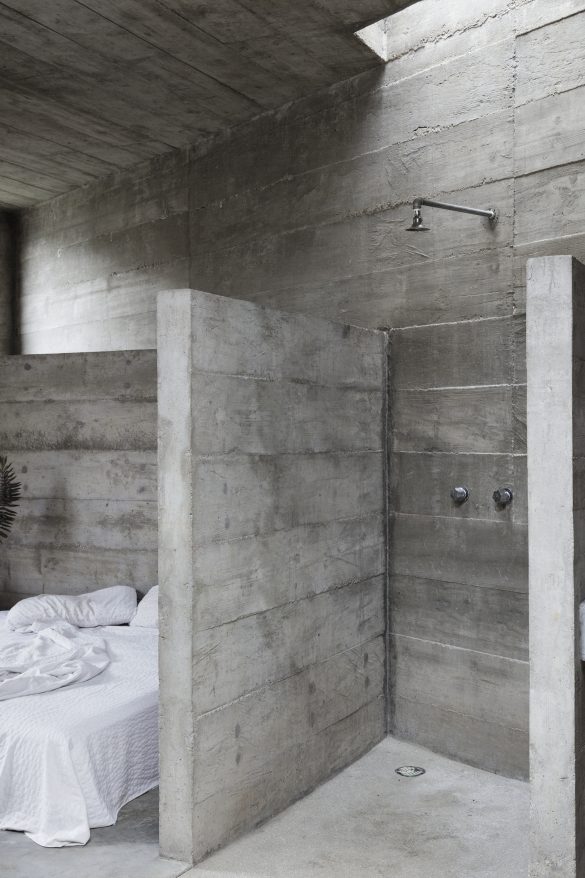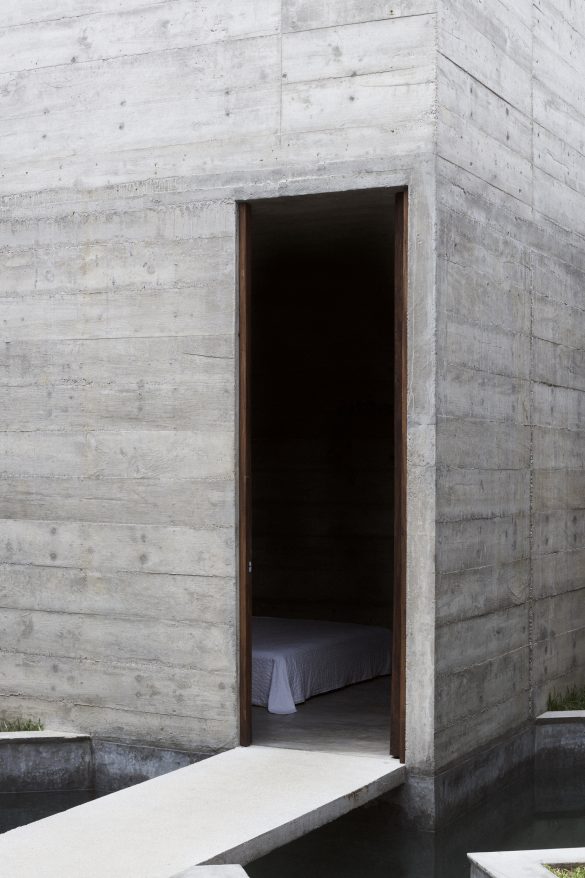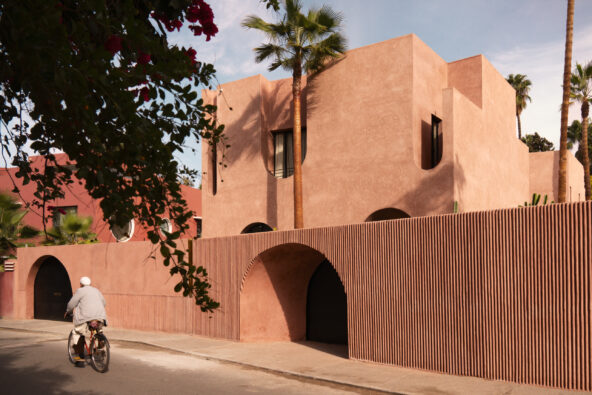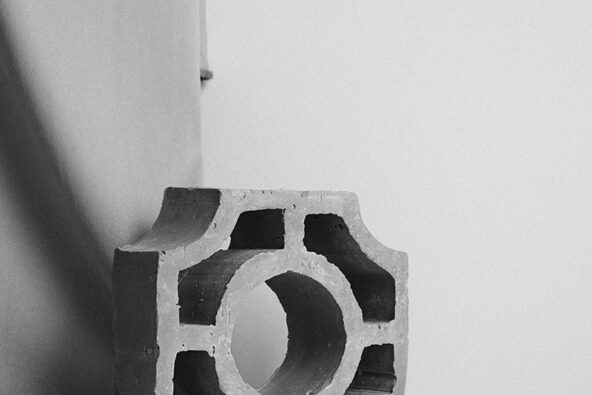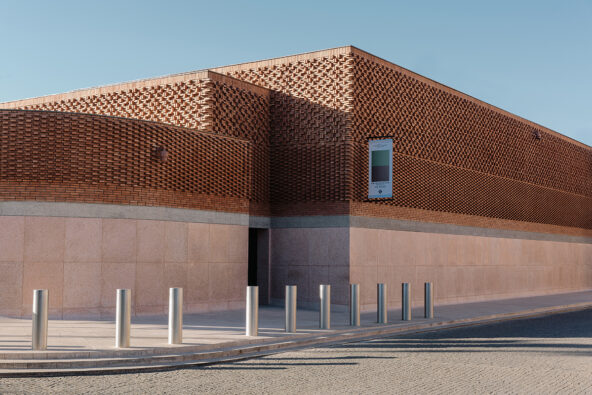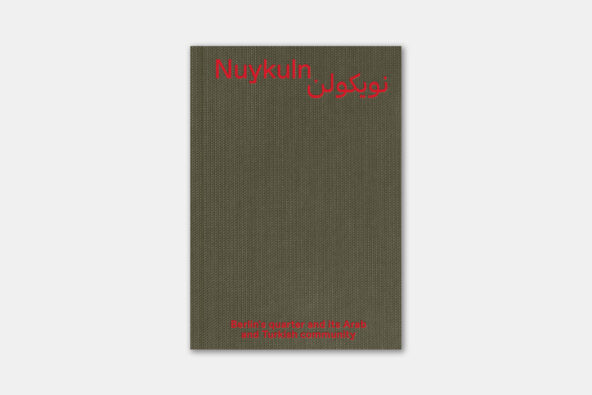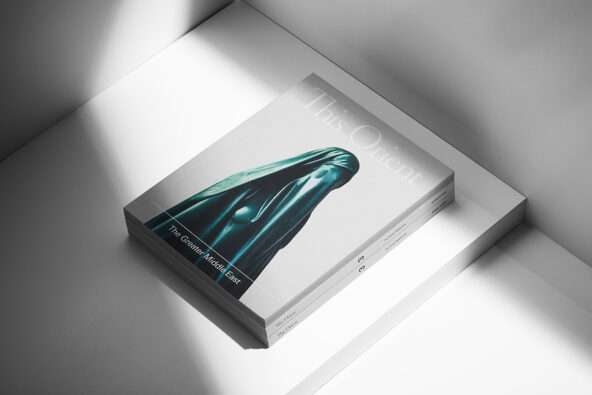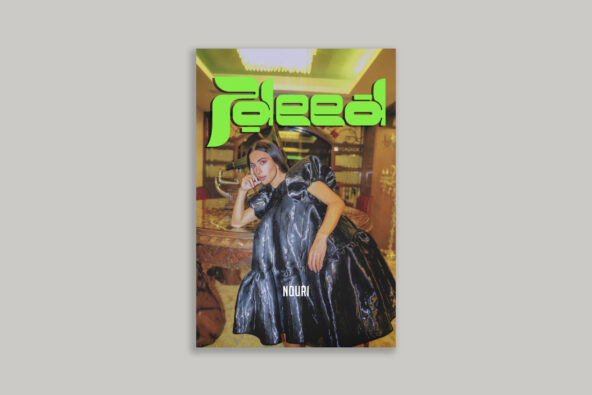Zicatela house by Ludwig Godefroy and Emmanuel Picault
He is referring to the term coined by the German-born Mexican artist Mathias Goéritz in 1953, which describes an architecture elevated to art for the purpose of inspiring emotion. Known primarily for their work on nightclubs and bars, French architectural duo Picault and Ludwig Godefroy, who are based in Mexico, have developed an intuitive and spiritually charged style that mixes modernist and pre-Hispanic influences.
‘The more constraints you have, the more radical your choices will be.’
In 2014 they started work on Casa Zicatela, a beach house in Puerto Escondido, Oaxaca, the first building they designed from scratch. The house is modelled on a Mesoamerican ballcourt, with its central element flanked by large, symmetrical stepped walls. ‘In a way, the design was borne out of constraints,’ says Godefroy in reference to the budget and the 280 sq m plot of land. ‘The more constraints you have, the more radical your choices will be.’
Made entirely of concrete (apart from the tropical- inspired wooden doors and shutters), the glassless three-bedroom house very much resembles a bunker from the outside. But, inside, its strong, geometrical features create a powerful play of light and shadow, bringing life to the open living space, garden and swimming pool. ‘The light in Oaxaca is glorious,’ says Godefroy, who cites Carlo Scarpa and Louis Kahn as major influences. ‘You’re not restricted to living in one room, it’s all adjustable.’ He points to the large shutters, which, once closed, create a physical divide between the otherwise unenclosed spaces.
Read more here on wallpaper.
